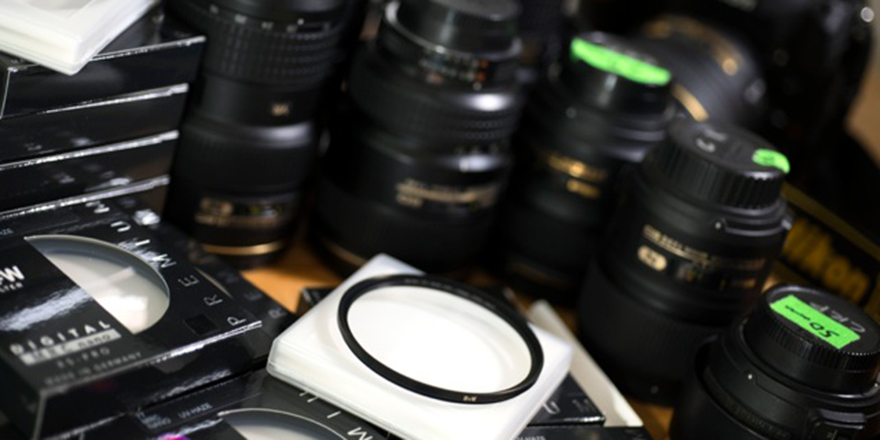Today’s post will be short. The story is quick and easy to tell, but really, I want to spare myself the embarrassment of having to relive a painful mistake I made last week—not for the first time, not for the second time, but probably more like the third or fourth time.
I always swear to myself that when I make a mistake as a photographer, I’ll learn from the experience and never fall back into the same trap. But just last week, I scratched the front element of my Nikon AF-S Nikkor 24mm f/1.4G ED lens.
There’s no mystery as to why my lens got scratched: I had no lens cap or UV filter on the lens. Doh!
I come from a photojournalistic background, in which you must be always ready to capture the action. When I’m out making pictures, I want quick, instant access to my cameras, which are ready to shoot without fumbling around with lens caps or turning the power on (yes, when i am in the field i leave my cameras on).
If you don’t use a lens cap, you must, must, must have a UV-HAZE filter on the lens! And normally, I always do.
But filters need to be replaced. They will scratch, crack, or simply get so dirty with sand pockmarks and grease stains that they must be retired.
That’s what happened last week. I had tossed the old filter in the trash for my Nikon AF-S Nikkor 24mm f/1.4G ED because it was scratched but hadn’t yet to replace it. I put my camera in my bag, not realizing there was another lens already in there. The front coating of this very expensive piece of glass got scratched.
You can imagine the barrage of expletives that followed.
What was so frustrating was that this wasn’t the first time I’ve done this. It’s easy to put off this important aspect of routine gear maintenance, but the price is high for doing so. Think of replacing lens filters as getting an oil change on your car. What I did was equivalent to dumping out the old oil, then driving away without putting in new oil.
After this incident, I promptly ordered an entire new set of Schneider Optics B+W Digital MRC Nano XS Pro Nano Digital filters for all of my lenses. Some need new filters. Some don’t. But now I have a whole set, and no excuses for not having a filter on each and every lens.
A quick word on choosing filters: Always go for the high-end glass! It makes no sense to spend tens of thousands of dollars on the best Nikon cameras and lenses, only to save a few bucks by buying sub-par filters. The filter is the first piece of glass through which light passes, and its quality must match that of your camera and lens configuration, otherwise you won’t be getting the most out of your equipment. It would be as criminal as if a museum framed a Picasso in a scratched, weirdly tinted piece of glass.
The composer John Powell once said, “The only real mistake is the one from which we learn nothing.” And you can be sure that if this ever happens again, Powell’s advice will come to mind!

3 comments
Quick question… Do you remove the uv filter if you use a polarizer or ND, or do you stack them? I have quality BW filters but I’ve noticed significant loss of detail/sharpness with stacking but I haven’t done specific tests to truly figure it out.
YES… try to avoid stacking filters when possible!
Do you use/reccomend the Clear (007) or the UV (010M) version?
https://www.schneideroptics.com/Ecommerce/CatalogSubCategoryDisplay.aspx?CID=2134?
Comments are closed.